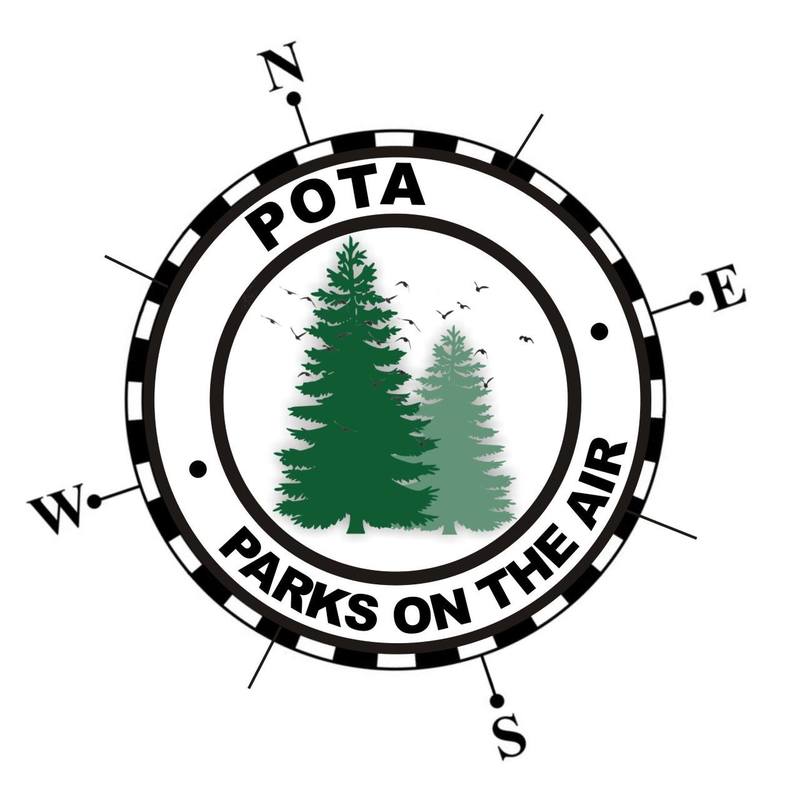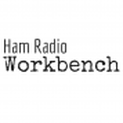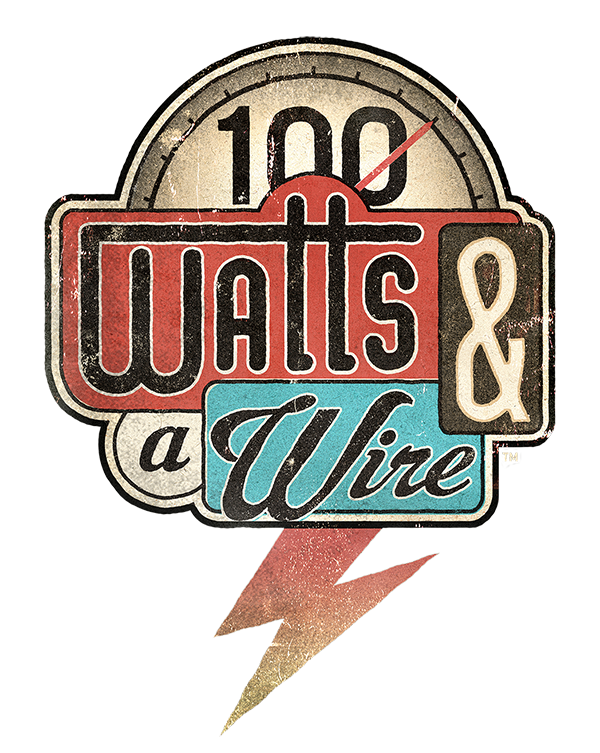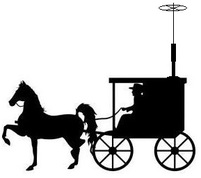3 sentance summary:
Any time people are managing a large program, there can be differences of opinions and ideas. How those difference are handled can range from elegantly to downright ugly, depending on which side of the fence you land on. At the end of the day, this split was simply different people with different ideas.
The most notable difference between POTA and it's predecessor, is that for a successful POTA activation, only 10 contacts need to be made, whereas it's predecessor requires 44. Additionally, the POTA program is being built to support some things that we came to love about NPOTA a couple years ago - trails, parks that cross state lines, and at some point in the future, 2fers! (and 3fers/4fers/etc.)
- I love activating parks when I travel for work!
- In the interest of full disclosure, I volunteered to help build the new QSO storage and award database for the POTA group.
I know there are some people that are very loyal to one program or the other - because of that, whenever I activate a park, I'll just be sending my logs to any groups that give location based awards, so that any chasers out there get the credit they are looking for. To me this is really not a big deal, because I already send my logs to multiple places when I activate. People chase all kinds of stuff - grid squares, counties, states, islands, summits, etc. If I can help a fellow ham reach a goal of theirs simply by emailing someone my log, or doing a simple upload - why wouldn't I?
For my own personal motivation however, I will probably be paying much closer attention to how I perform in the POTA program, because at the end of the day it better suits my style and more closely resembles what I became accustomed to while doing activations for ARRL's 2016 NPOTA event (but with a lot more parks to choose from!) After all, with a busy schedule, a great family, and a sometimes intense travel schedule for work, it is much more appealing (to me) to have the option of sneaking out somewhere for 10 quick contacts, vs. debating whether or not I have the time, conditions, etc. to try to get in a full 44 contacts before the park in whatever city I end up in, closes.
73!
One final note - comments are welcome as always, but my blog is a "safe space" and all comments are moderated.
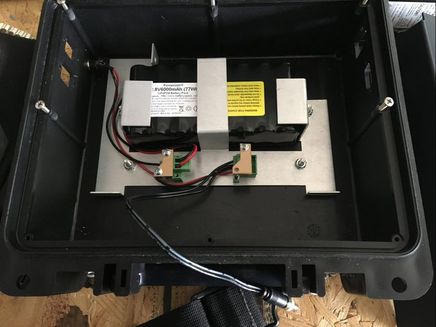
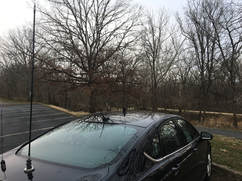
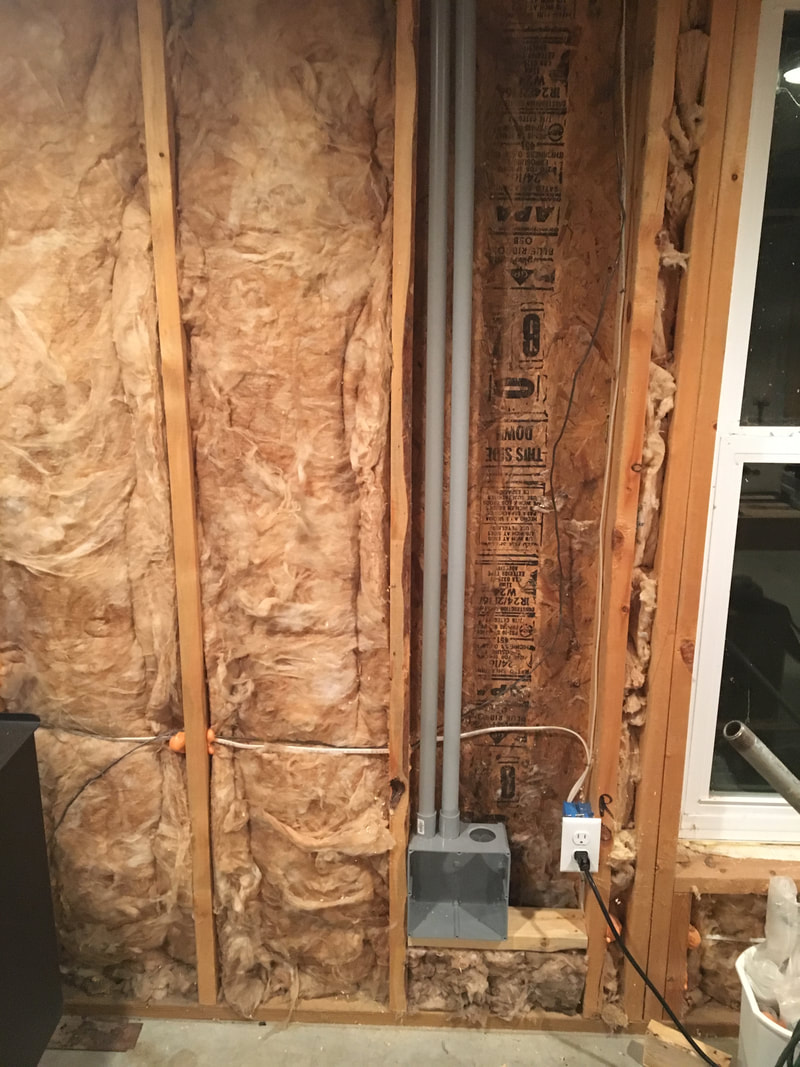
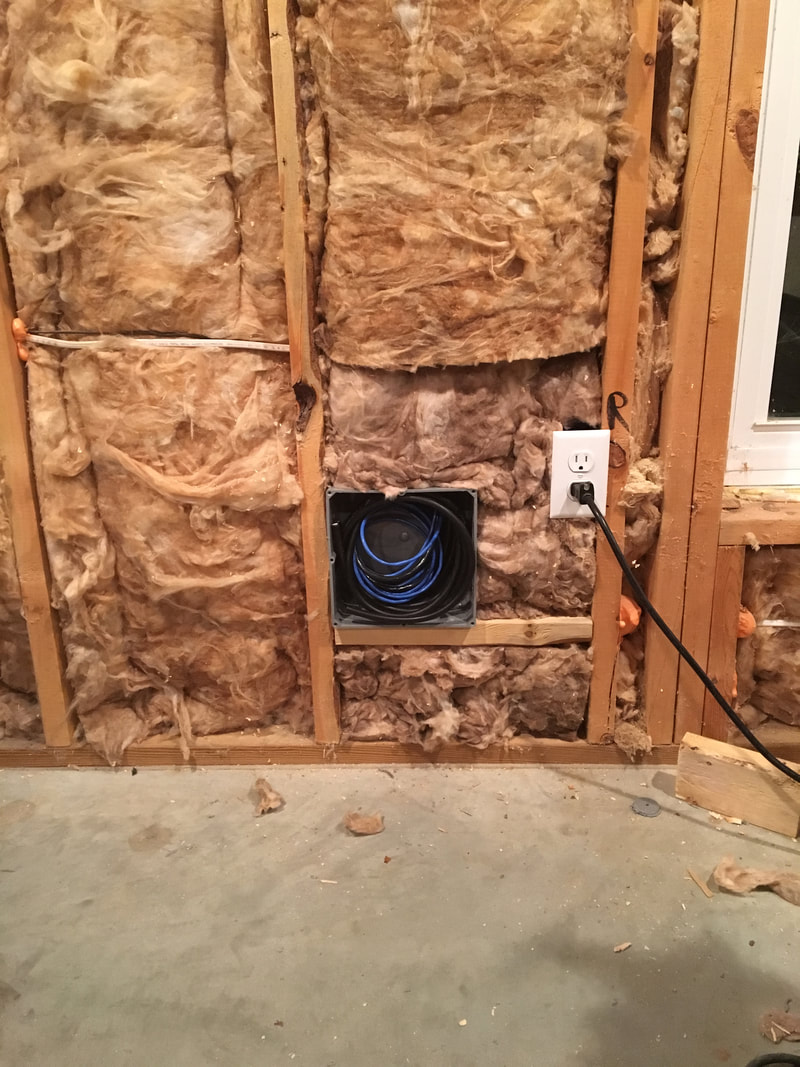
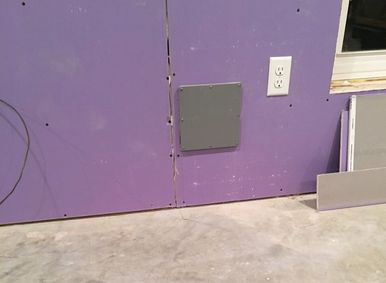
 RSS Feed
RSS Feed
